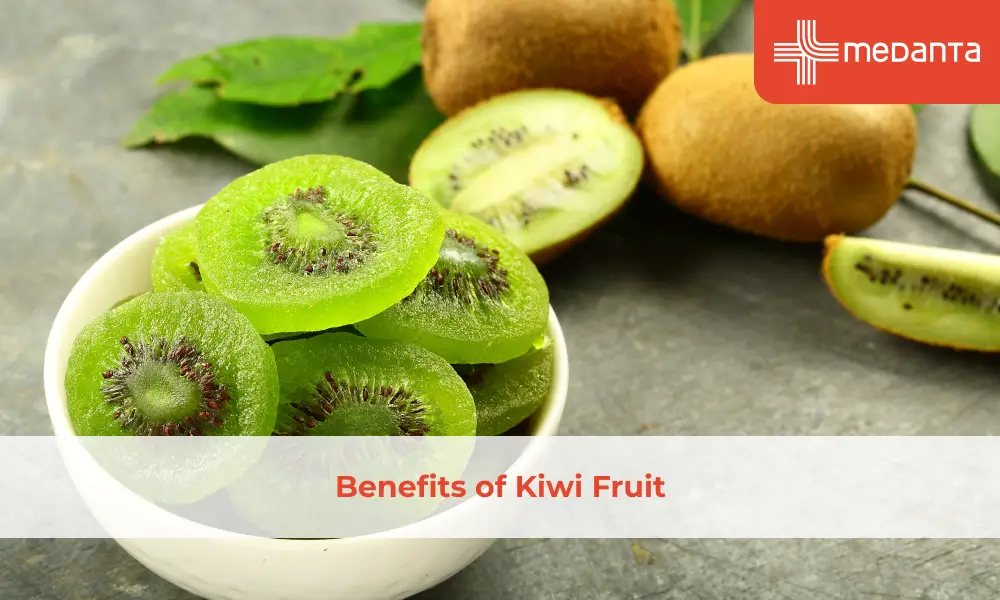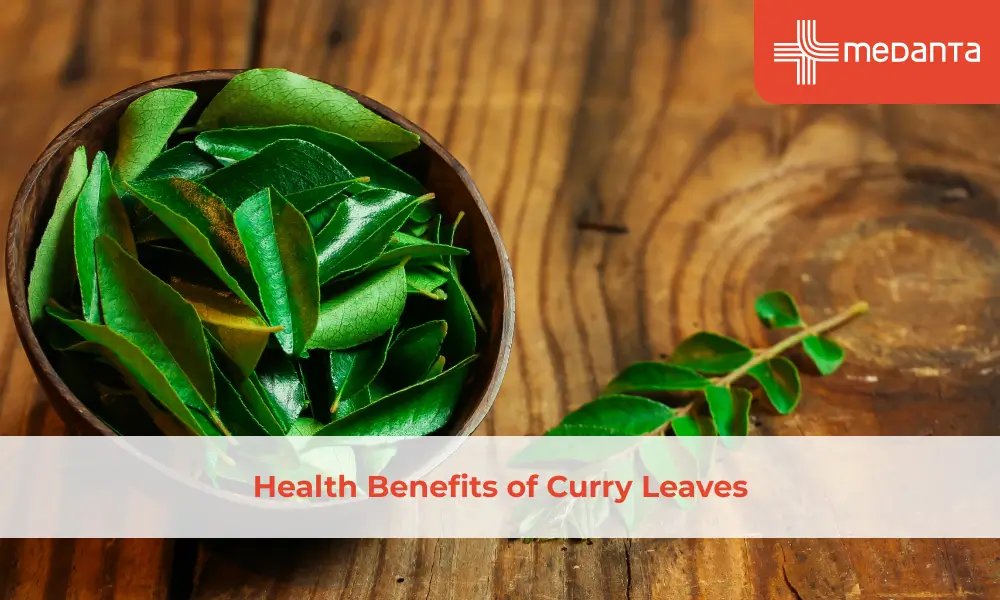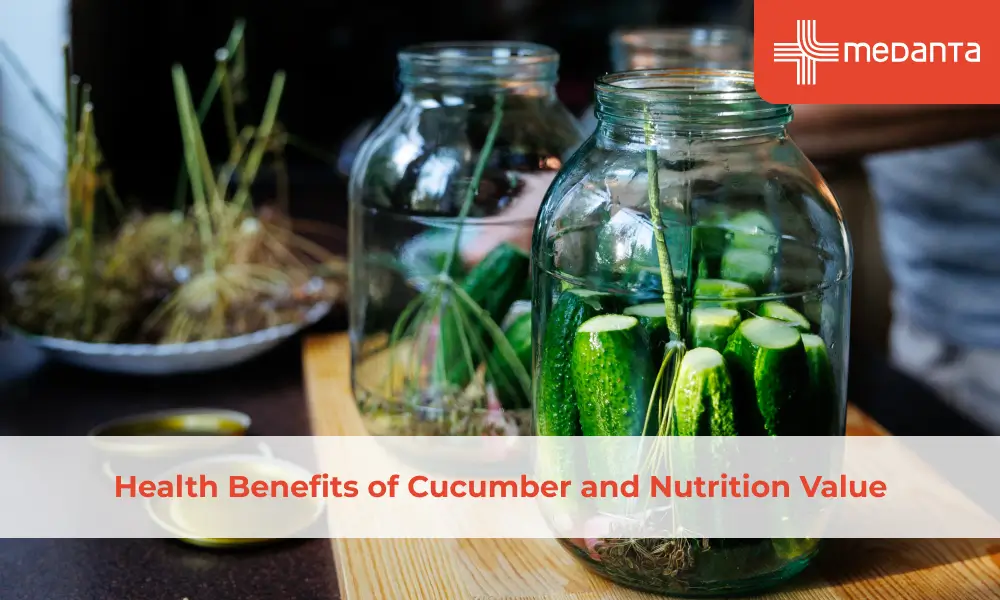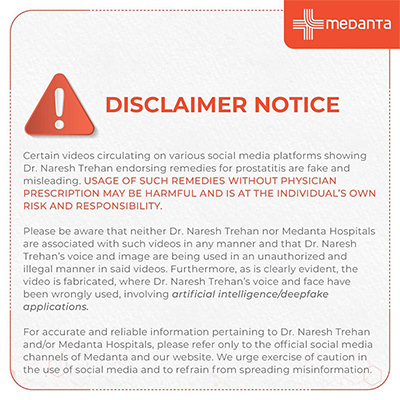World Hepatitis Day 2025: Hepatitis – Let’s Break It Down!

TABLE OF CONTENTS
Every 28 July, World Hepatitis Day is commemorated to shine a spotlight on a silent yet deadly health threat—viral hepatitis. These infections, particularly hepatitis B (HBV) and hepatitis C (HCV), often progress undetected, causing continuous liver damage, leading to cirrhosis and liver cancer.
Global burden: A crisis in numbers
Approximately 304 million people worldwide live with chronic HBV or HCV in 2022
Over 2.2 million new infections occur annually, averaging 6,000 new cases every day
Tragically, 1.3 million deaths each year—about 3,500 per day—are due to hepatitis-related illness
Only 45% babies received the hepatitis B vaccine within 24 hours of birth in 2022
Left unchecked, hepatitis B and C may soon claim more lives than HIV, tuberculosis, or malaria
India’s burden: The local face of a global problem
An estimated 40 million people in India live with chronic hepatitis B, and between 6–12 million have chronic hepatitis C.
With a national HBV prevalence of 2–4%, India falls within the intermediate endemic range
Regions including Bihar, Punjab, and Haryana show the highest caseloads; tribal pockets in Madhya Pradesh and Odisha face even greater rates (up to ~12%).
Although hepatitis B vaccination has been part of India’s Universal Immunisation Programme since 2007, coverage and awareness—especially beyond childhood—remain inadequate
Why 2025’s theme matters: Let’s break it down
The World Health Organization’s call to dismantle financial, social, and systemic barriers is critical to ending hepatitis by 2030. Here’s how to answer that call:
Get Tested: A simple blood test can identify HBV or HCV—even before symptoms appear. Early detection saves lives.
Get Treated: Effective antiviral therapies can suppress HBV and cure HCV, preventing cirrhosis and liver cancer.
Get Vaccinated: The hepatitis B vaccine, nearly 100% effective, is safe and essential, especially for infants and high-risk adults
Break the Stigma: Hepatitis is a medical issue, not a moral one. Encouraging open conversation promotes early diagnosis and treatment.
Integrate Care: We must make hepatitis testing, vaccination, and treatment as routine as other health services—especially in primary care.
What You can do: Your guide to action
If you’ve never been tested, now is the time—especially if you have risk factors like prior blood transfusion, tattoos, injections, or family history.
If eligible, get vaccinated for hepatitis B—even if you’re an adult.
If you test positive, see a specialist. Treatments today are safe, effective, and often life-changing.
Spread the word—on social media, at home, or in the clinic. Awareness leads to action.
Support policies and programs that expand affordable testing, treatment, and education—both regionally and nationally.
Don’t Wait—World Hepatitis Day Isn’t Just a Date
Every 28 July is a reminder that hepatitis can’t wait. To eliminate hepatitis and prevent liver cancer, we need immediate, sustained action. Let’s break down the barriers—together.






